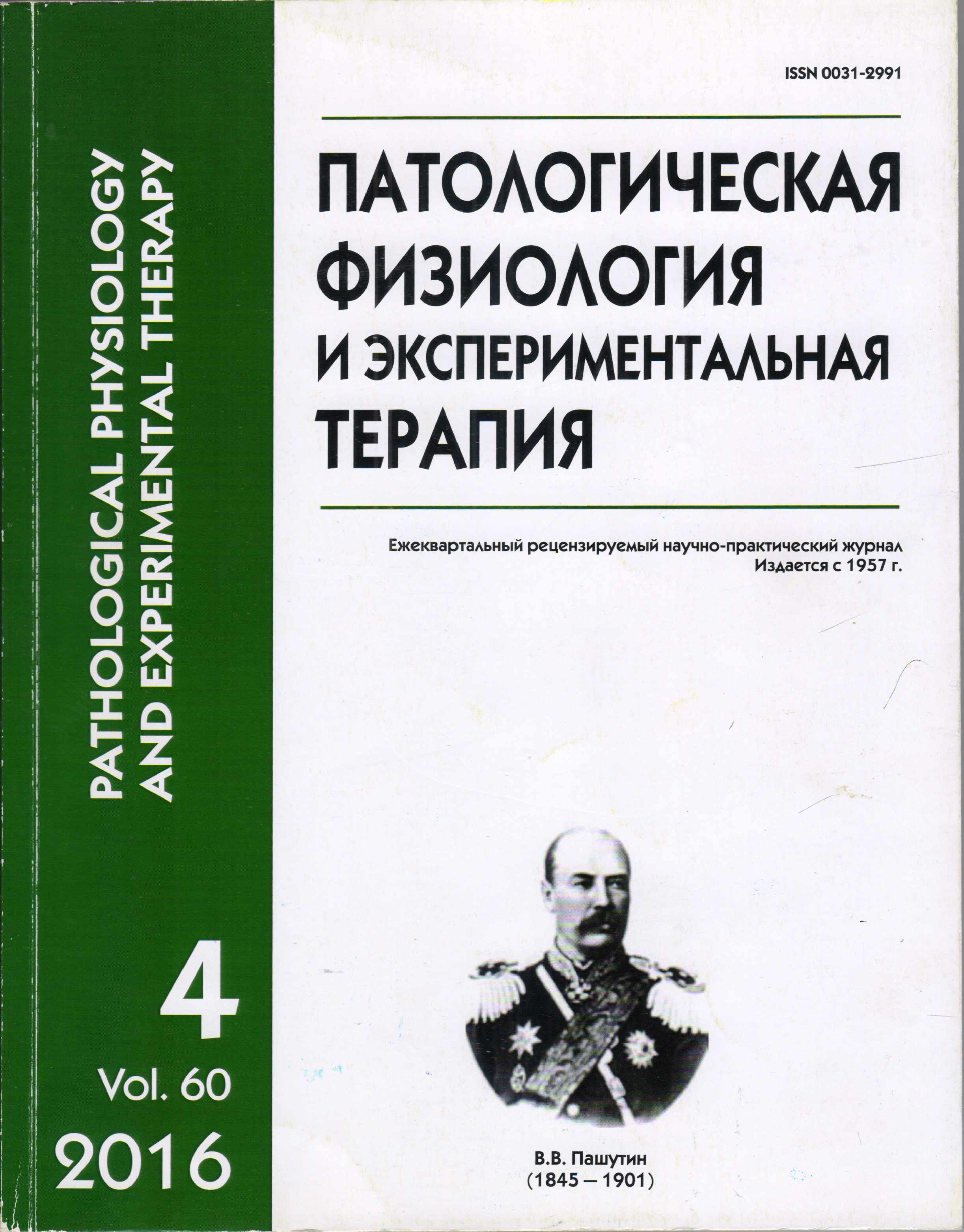Influence of iatrogenic hypercorticoidism induced by long-term application of dexamethasone on power of muscular contraction of white rats
Abstract
Research objective consisted in detection of nature of the changes of the myothermiс and the ergometric parameters of the contraction of the forward tibial muscle of rats in the course of performing of the tiring work at the saturation of an organism by therapeutic doses of dexamethasone. Method. The experiments were performed on sexually mature rats-females (200-220 g), divided into control (n=10) and experimental (n=60) groups. The animals of experimental group received dexamethasone (D, KRKA, Slovenia) in a dose of 0,25 mg/kg (intraperitoneal, 1 time in 2 days) during from 10 to 60 days. On anesthetized animals (sodium thiopental, 100 mg/kg) with the use of myothermia and ergographia the nature of change of power of the muscle’s contraction in the course of the performance of the tiring work (3 six-second tetanus with external loading of 80 g) was studied. Results. At the initial stage of the development of iatrogenic hypercorticoidism (after 5-20 injections of D) the initial value of the external work of the muscle in comparison with the control is significantly lower (for 30-52%) and the temperature cost of the unit of the work (TCMW), on the contrary, – is higher (for 26-82%). On the end of the 2-month period of application of D the initial values of the power parameters of the muscle came back to control level. During the performance of the tiring tetanus in animal experimental groups the decline of the external work of the muscle is greater (69-73%) compared with the control (55%). This effect does not depend of the number of injections of D, which indicates about a high pathophysiological activity of glucocorticoid concerning working capacity of the muscle. At expressed fatigue the TCMW always increases from 104% (5 injections of D) to 230% (20 injections); at control animals the effect of the tiring work on TCMW is significantly weaker (28%). At long-term application of D (2 months) the described effect of the preparation is weakened, though remains accurately expressed. Conclusion. The obtained data are considered from the point of view of formation at the hypercorticoidizm of the pathophysiological mechanism – the increase of power cost of muscular work. The revealed effect of D can be the cornerstone of the formation of the number of the pathophysiological mechanisms in neuromuscular system including causing the development of the myopathy at the hypercorticoidizm.






